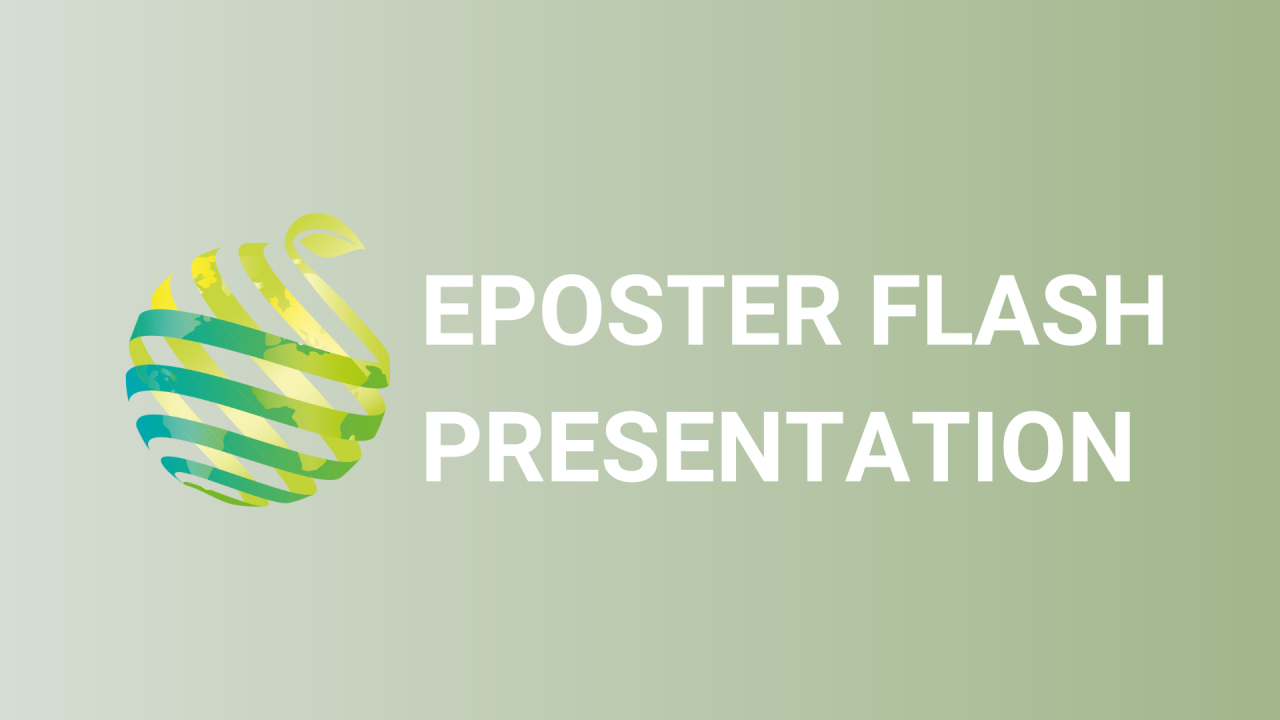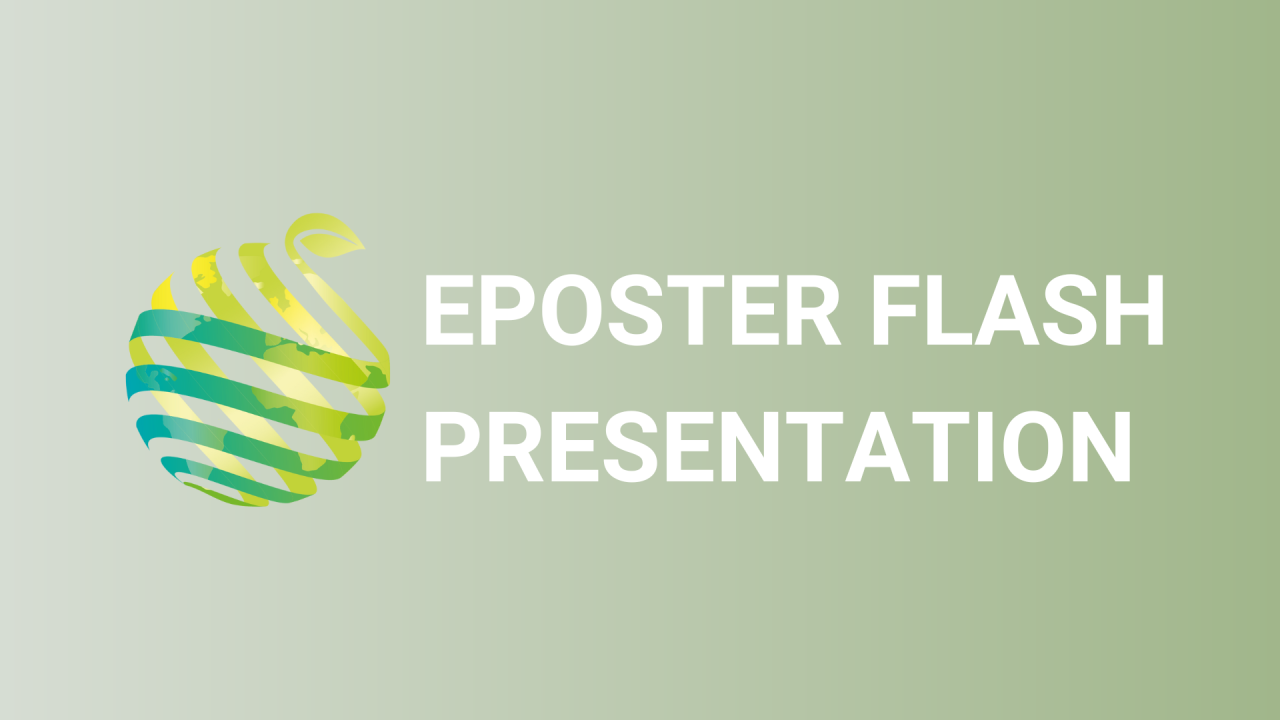

S06 - Session P7 - Dynamic 24h light using blue and far-red at night can increase internode length and sustain yield in greenhouse pepper production
Information
Authors: Jason Lanoue *, Celeste Little, Xiuming Hao
During the winter months, the daily light integral (DLI, photoperiod x intensity) in northern countries is insufficient leading to flower abortion and reduced yields in peppers. Peppers have shorter internodes causing fruit stacking which increases time/labour cost when grown under supplemental light. Far-red light can increase internode length, and our previous study on tomatoes discovered monochromatic blue light during the night also increased stem elongation. Additionally, the use of a low intensity, extended photoperiod (including continuous lighting (CL)) can reduce capital fixture cost and daytime electricity usage that may reduce electricity cost. We investigated the use of blue and/or far-red light during the night period of dynamic CL to increase stem elongation. Three pepper cultivars with different growth characteristics were used to investigate the effects on plant morphology in a short experiment and one cultivar 'Maureno' was used in a long experiment to assess the impact on fruit yield and quality. Five lighting treatments including 16h of white light during the day followed by either no light (S1), white light (S2), blue light only (S3), blue + far-red light (S4), or far-red light only (S5) during the 8h night period. Nighttime phytochrome photostationary state (PSS) was 0.833, 0.566, 0.315, and 0.186 for S2-5 respectively. All 5 treatments had the same DLIs in photosynthetically active radiation (PAR) and far-red light. S4 and S5 significantly increased internode length compared to S1 and S2. S3 also increased internode length but to a lesser extent than S4 and S5. This indicates that a nighttime PSS of 0.315 is sufficient to maximize stem elongation. Both S3 and S4 drove photosynthesis during the nighttime supporting similar yield compared to S1. Therefore, S4 is the most practical lighting strategy as it utilizes dynamic CL to reduce capital and electrical costs while maintaining yield and internode length.